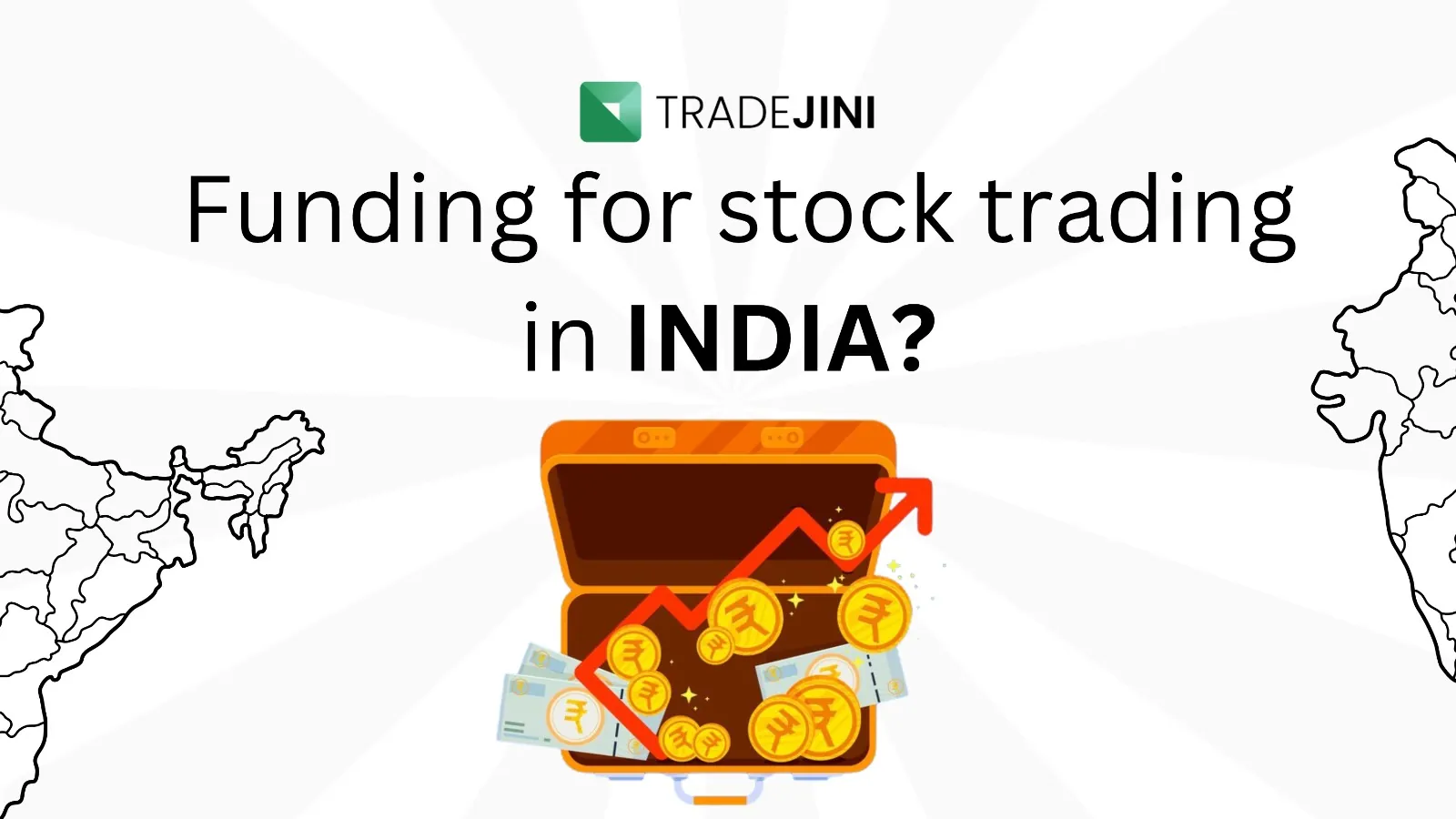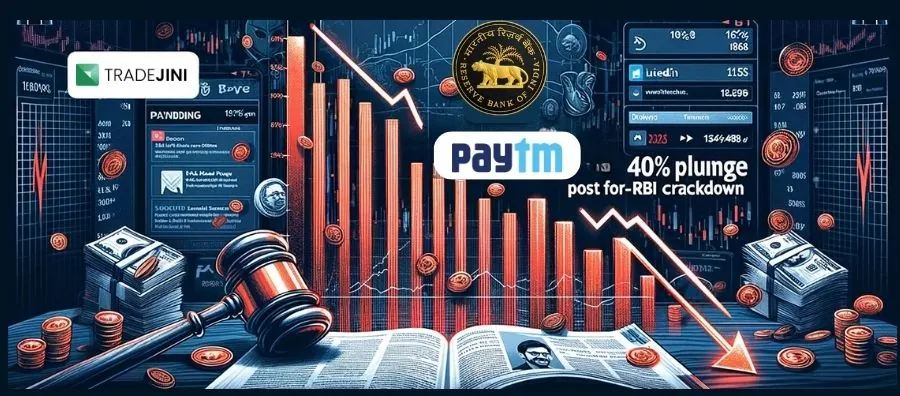In India, stock trading is an increasingly popular way to build wealth, but the challenge often lies in securing the capital needed to start. If you're wondering how to get funds for trading in India, you're not alone. As of 2024, several methods are available, each catering to different financial situations and risk appetites. Below, we explore these options, complete with data and insights to help you make informed decisions.
Start with personal savings
Personal savings remain the most accessible source of funding for many traders. According to a 2023 survey by the Reserve Bank of India, the average household savings rate in India is around 18.4%. This indicates that many individuals have a cushion they can draw from to begin their trading journey. However, individuals must only use a portion of their savings, ideally not more than 20%, to ensure they're not overexposed to market risks.
Boost your capital
Margin trading is a popular method where traders borrow funds from their broker to trade larger volumes than their capital allows. As of 2024, most Indian brokers offer margin trading with leverage ranging from 1:5 to 1:10. For example, withn₹1 lakh, you can control a trading position worth ₹5 lakh ton₹10 lakh. While this amplifies potential profits, it also increases the risk of significant losses, so it's crucial to use this option judiciously.
Evaluate Your Trading Risks with our Margin Calulator Tool
Explore bank and personal loans
If you need substantial capital, consider applying for a bank or personal loan. In 2023, the average interest rate for personal loans in India ranged from 10% to 15%. Some banks offer loans specifically designed for investments, providing up to ₹10 lakhs or more, depending on your creditworthiness. Keep in mind that these loans come with strict repayment schedules, and failure to repay can lead to financial strain.
Peer-to-Peer (P2P) lending
P2P lending platforms have gained popularity in India. With the market expected to grow by 30% in 2024, these platforms connect borrowers with individual lenders, offering loans at interest rates between 12% and 25%. While P2P lending provides flexibility, it's important to remember that interest rates can be high and terms vary widely, so careful consideration is needed before committing.
Also Learn: Exploring BTST Trading: What It Means, Its Advantages, and Shortcomings
Seek funding from angel investors and venture capitalists.
For seasoned traders with a proven strategy, securing funding from angel investors or venture capitalists (VCs) is an option. In 2023, India saw a 20% increase in angel investments, with a growing number of investors looking beyond tech startups to diversified opportunities, including trading. However, this option requires a compelling business plan and a track record of success to attract investors.
Learn About: Intraday vs Delivery Trading: Find Out What Fits Your Trading Goals
The Joint Venture Route
Another viable option is forming a partnership or joint venture with someone with the funds but who needs more trading expertise. A well-structured collaboration can provide the capital needed while sharing the risks and rewards. According to SEBI, joint ventures in the trading sector have grown by 15% in the past two years, reflecting the increasing interest in collaborative trading efforts.
Real Estate and Beyond
Using your assets as collateral to secure a loan is another way to obtain funds. In 2024, the property market in India will continue to be strong, with real estate prices expected to rise by 7%. By leveraging your assets, such as real estate or gold, you can secure a loan with lower interest rates than unsecured loans, reducing your overall financial burden.
Consider Prop Trading Firms: Trade with Firm’s Capital
Proprietary trading firms, or prop firms, offer traders the chance to trade with the firm's capital in exchange for a share of the profits. As of 2024, India has seen a rise in prop trading opportunities, with firms like IIFL Securities and Kotak Securities offering competitive programs. This option is particularly appealing if you have a strong trading record but lack sufficient personal funds.
Choosing the Right Funding Path
The options for how to get funds for trading in India are diverse, each with its own set of advantages and risks. Whether you choose to start with personal savings, explore margin trading, or seek external funding from loans or investors, it's essential to align your funding strategy with your financial goals and risk tolerance. By carefully weighing your options and leveraging the right resources, you can secure the capital needed to make your trading aspirations a reality in India.
Also Read: What is EMA in Trading? How to Use Exponential Moving Average With Formula



